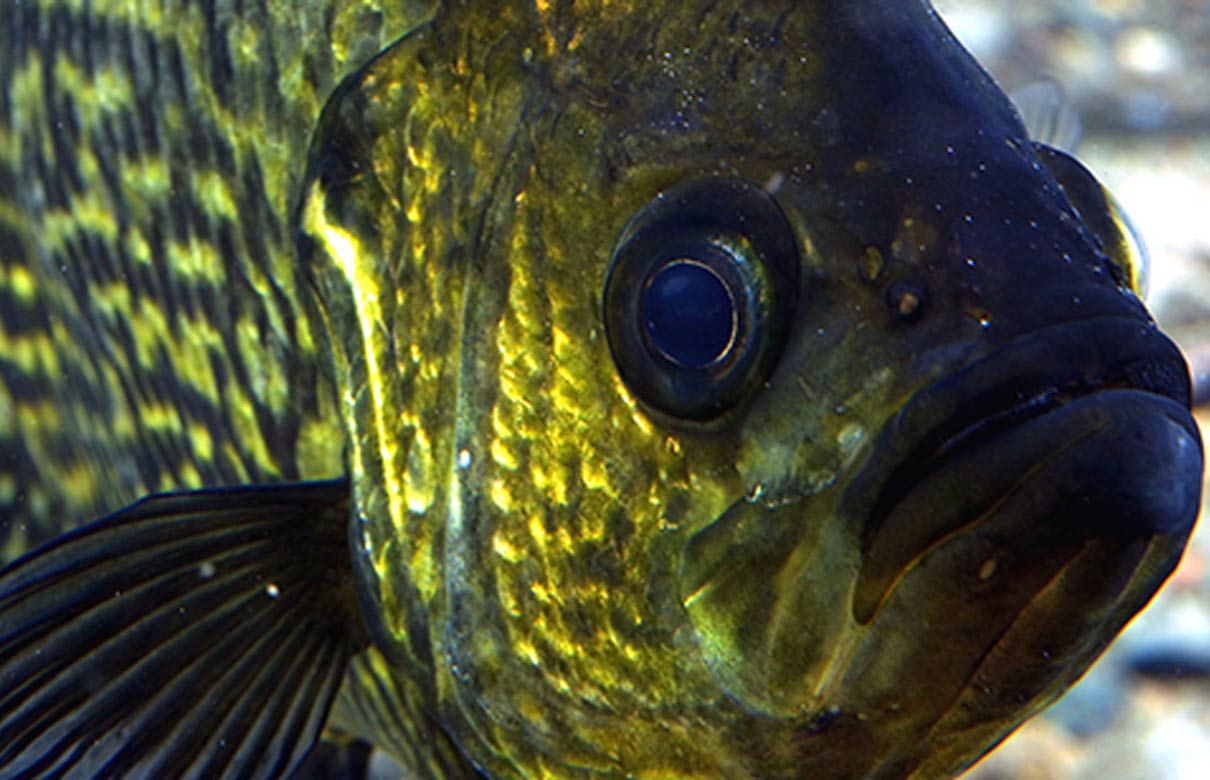Crappie Length to Weight Conversion Chart
By: Dr. Rob Neumann
 This conversion chart will help you estimate the weight of your crappie. (Photo courtesy of Dr. Rob Neumann)
This conversion chart will help you estimate the weight of your crappie. (Photo courtesy of Dr. Rob Neumann)
Several methods are available to estimate the weight of a fish. Some use length as well as girth measurements. Weight also can be estimated using only length measurements based on relationship between length and weight. Length-weight equations can be developed for specific waters, regions (e.g., states), or for a particular species.
Formulas containing length as well as girth are often most accurate for estimating weight, because the fatness or plumpness of the fish is accounted for. If only length is available, the most accurate weights often are estimated from length-weight relationships for specific waters or regions. For instance, in some waters fish might be relatively “skinny,” and the weight estimate might be overinflated if based on a formula created from data on a water body where fish are “fat” or even “normal.” That’s why adding girth to the formula can help with accuracy. Formula’s containing girth, however, also may not be as accurate as we’d like, because of inherent differences in the shape of fish and finding the right adjustment factor (or “shape” factor) to use in the formula. And it’s important to measure girth carefully, and at the fish’s fattest point, as girth estimates affect weight estimates powerfully.
One easy way to estimate fish weight is through the use of standard length-weight formulas. Species-specific formulas, called standard-weight equations, have been developed for dozens of fish species by fishery biologists to describe the standard growth form of a species as a whole. These relationships often are used to assess body condition (the relative weight or plumpness of a fish), which provides an index of a fish’s well-being, such as whether there are forage shortages or surpluses, and can sometimes reflect fish growth rate.
These standard length-weight formulas are often developed using thousands of fish from hundreds of populations across the range of a species, so they describe the “general” growth form of that species. For instance, the equation for black crappie was developed using over 20,000 fish across a range of sizes from 175 populations across the geographic range of black crappie.
READ THE FULL STORY ON IN-FISHERMAN